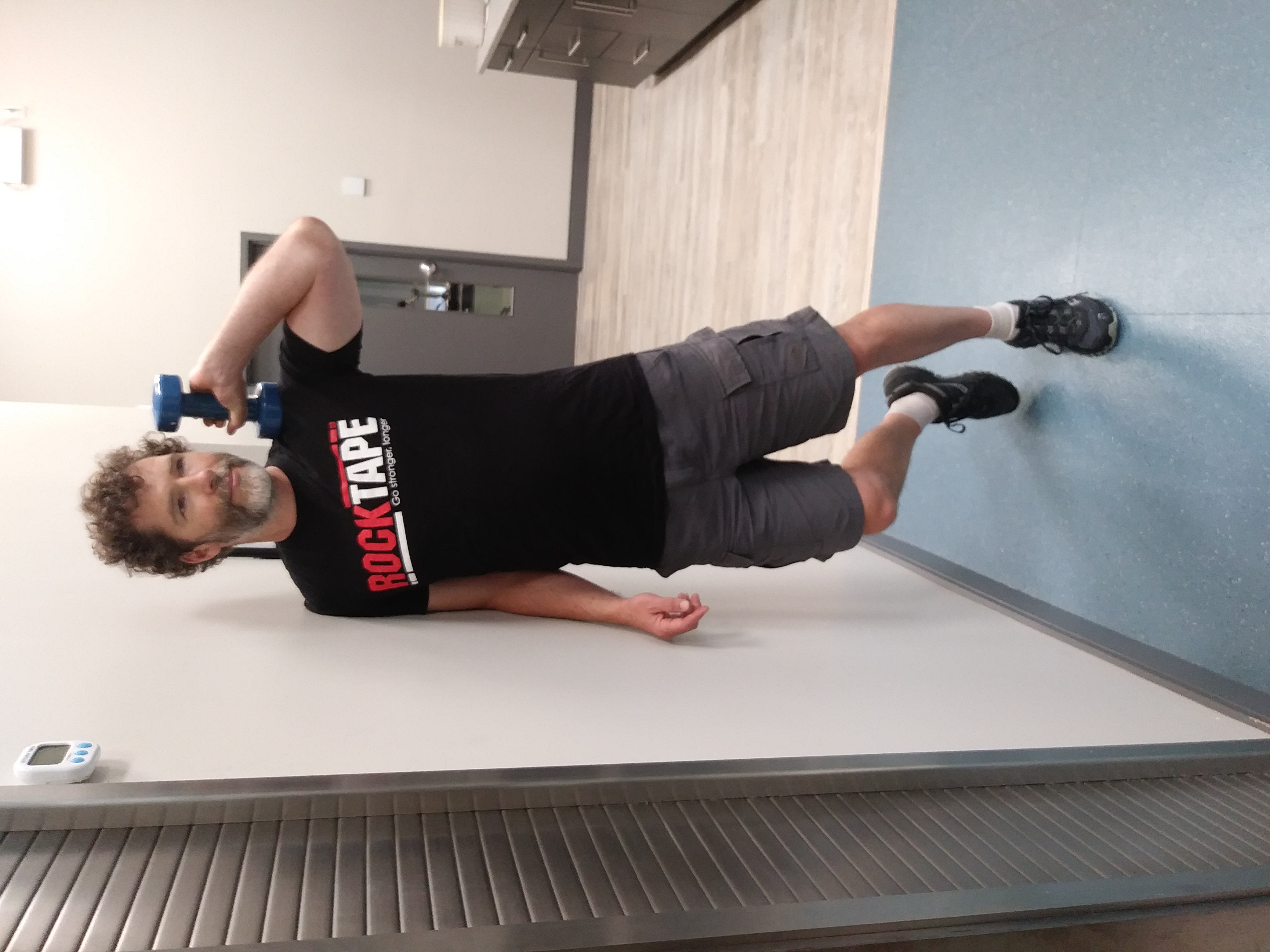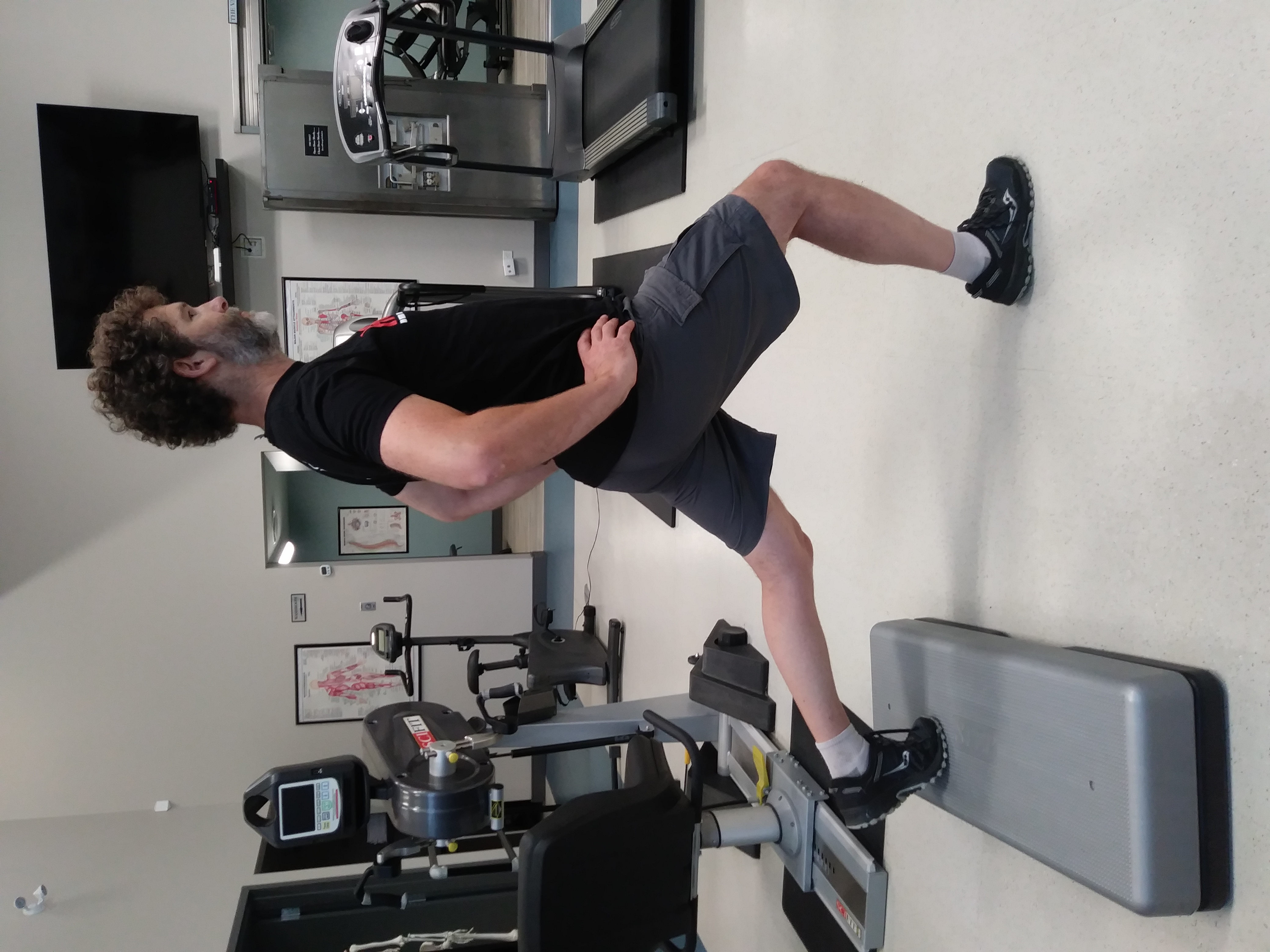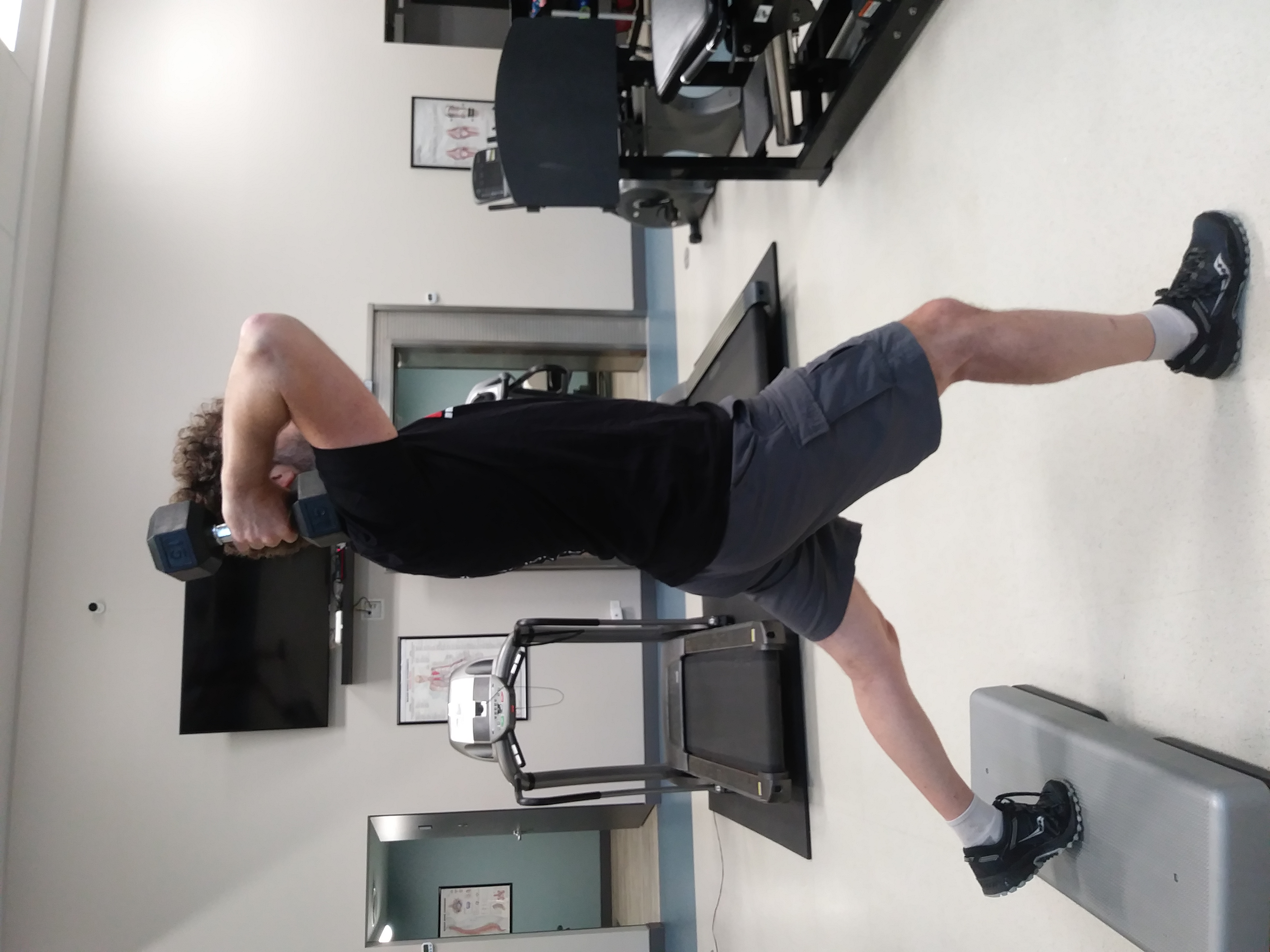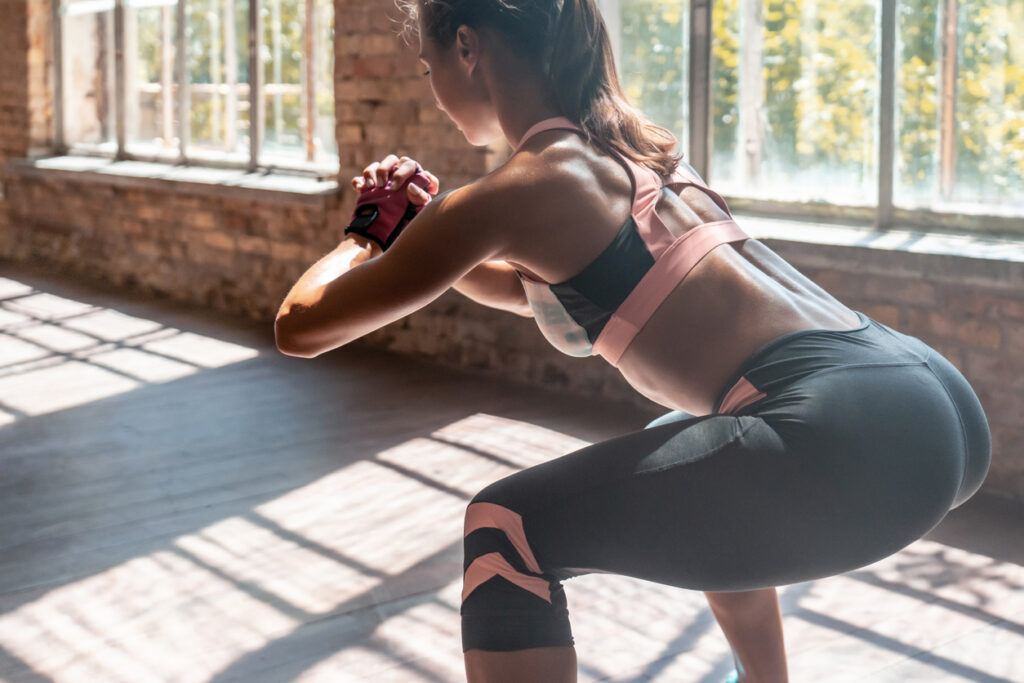
How To Fix Valgus Knees and make your squats better
Have you ever watched yourself doing squats in front of the mirror at the gym? What are your knees up to? Are they tracking forwards in a straight line, or do they buckle inward (valgus)? Not sure? Give it a try … stand in front of a mirror and go into a squat several times while watching your knees. Do they go over the top of the toes, or does one or both buckle inward-looking slightly knock-kneed?
If so, let’s take a look at those feet of yours, shall we? If your arches are collapsing, it causes the knee joint to compress on the inside (medially). Weakness of the tibialis posterior muscle in the calf (tib post) can be one of the main issues that allow our arches to collapse. Just like a bridge, if the support structures are weak, the bridge sags, and forces are not distributed evenly. This can lead to joint inflammation, swelling, and or pain in the knee. So, how do we shore up our arches ad strengthen our tib post muscle?
Leaning Single-Leg Heel Lift
Start by leaning against a wall with the leg you wish to strengthen being the leg furthest away from the wall. Lift your heel off the ground as high as you can. Then return back down. I usually prescribe to my patients 3 sets of 10 reps. If this is easy for you, try pulsing your heel up and down three times without touching the ground before returning to the start position as one repetition. No problem? Start adding a dumbbell to increase the load. Hold the weight in the same hand as the heel lifting off the ground.


Next stop is your hips and butt. Gluteus maximus and medius, your outer hip, and glutes stabilize the pelvis as well as play a major role in stabilizing your knees. They resist the hip adductors from overpowering, which can contribute to your knees collapsing inward during squats, walking/running, or during sports-specific movements like cutting.
Start with your feet hip-width apart, tie the Flex band around your legs either above or below the knees. Then step the feet wider apart to create tension on the band. Begin by sidestepping sideways while maintaining constant tension on the band. Try 10 steps to the right, then switch to 10 steps to the left. If that’s easy try 3 sets of 10 reps. I guarantee you’ll feel the burn. Tighten the band if you need more resistance.

Bulgarian Split Squats
Begin with finding a low step, bench, stone wall, anything really. Extend one leg backward resting the toe of the foot on the step. You should be able to stand tall. If you feel your back arching then the back foot is too far back. Engage your core and bend both knees. You should feel yourself lowering downwards in a vertical line while maintaining a straight spine. Focus on your knee tracking forward, not the depth of the squat. Watch your front knee as you lower down and rise back up. Also, focus on pressing through the heel of your front foot as you straighten the knee. This will recruit your glut max.
Once your quality of knee movement is consistent and strong. Try adding a weight on the same side as the leg that is forward. Start with something light, it will challenge your balance and you will need to refocus on the quality of knee tracking. If the movement is compromised, remove the load and continue with your body weight. You want to feel challenged, but also to be successful in correcting your knee movement.



Step Downs
Tie a Flex band into a loop and around something stable. I sometimes use one of my dining room table’s legs. Or you can have someone hold the band for you as you go through the movement. You will want the band to be on the outside of your leg with a little bit of tension pulling the knee medially/inward. For a raised platform you can use books, yoga blocks, a step with rails; it doesn’t need to be too high off the ground.
Stand tall on your platform with one leg hanging in space. Don’t let your hip drop, try to keep your hips level at all times. This will recruit glut med. Ensure there is just the right amount of tension on the band. Enough that it forces you to resist the pull, but not so much that you won’t be successful in the movements. Now, bend the knee of your weight-bearing leg while resisting the knee from buckling inward. Focus on the knee tracking forwards. Then straighten your knee.


Having your knees tracking in the proper alignment is not only important while performing squats. It transfers over to running, cycling, and other sports that involve high-speed movements or repetitive movement involving the knees. If you are experiencing persistent knee pain, visit your favorite sports massage therapist, physiotherapist, or athletic therapist for an assessment so they can get you back to enjoying the sports and activities that you love the best pain-free.
Find our RockBands here
Morehere


